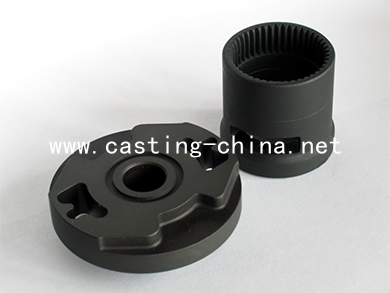
Phosphating is a process of forming a phosphate chemical conversion film by chemical and electrochemical reactions. The phosphate conversion film formed is called a phosphate film. The purpose of phosphating is mainly to provide protection to the base metal and prevent the metal from being corroded to a certain extent; it is used for primer before painting to improve the adhesion and anti-corrosion ability of the paint film; it is used to reduce friction and lubricate in the metal cold working process. use.
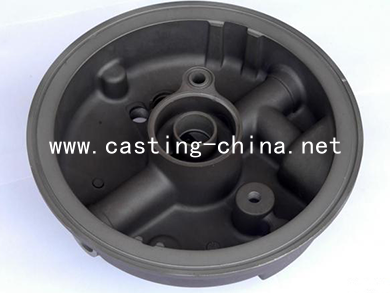
Anodizing is a metal surface treatment process. It refers to a material protection technology that forms an oxide film on the surface of metal materials by applying anode current in an electrolyte solution, also known as surface anodization. After metal materials or products are surface anodized, their corrosion resistance, hardness, wear resistance, insulation, heat resistance, etc. have been greatly improved. Suitable for aluminum alloy products.

Generally, the workpiece is immersed in a strong oxidizing chemical solution, and after a certain period of time, a layer of beautiful, dense and rust-proof black iron oxide film is formed on the surface. This process is sometimes conflated as "bluish". It is widely used in clocks and watches, pointers, hairsprings, screws, instrument casings and some mechanical parts.
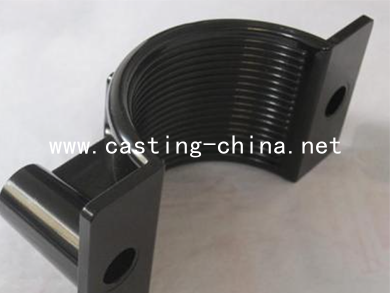
Electrophoresis is the abbreviation of electrophoresis phenomenon, which refers to the phenomenon that charged particles move towards the opposite electrode under the action of electric field. The technique that uses different moving speeds of charged particles in an electric field to achieve separation is called electrophoresis. The electrophoretic paint film has the advantages of fullness, uniformity, flatness and smoothness of the coating. The hardness, adhesion, Corrosion resistance, impact performance, and permeability are significantly better than other coating processes.
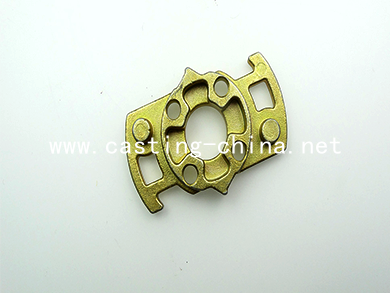
The pretreated article to be plated is the cathode, the plated metal is the anode, and the electrolytic solution composed of positive ions of the plated metal is connected to the cathode and anode. After energizing, the metal of the anode will lose electrons, and the cathode will get electrons, and the plating metal atoms will accumulate on the surface of the cathode to form a coating. Electroplating has the effect of improving the corrosion resistance, hardness and surface appearance of castings. At present, it has the ability of blue and white zinc plating, color zinc plating, nickel plating, chrome plating, and KTL coating. The surface after electroplating is smooth and shiny, the surface after white zinc plating is silvery white, the surface of color zinc plating is rainbow color after reflection, the surface of nickel and chrome plating is white and shiny, and the surface of KTL coating is black.
Scope of application: carbon steel, low and medium alloy steel, tool steel.
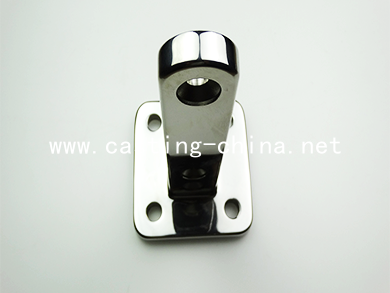
When the polishing wheel rotates at a high speed, the surface of the casting rubs against the polishing wheel under the action of force to generate a local high temperature, which increases the plasticity of the metal. The uneven surface is improved. Mechanical polishing is divided into matte polishing and mirror polishing. After matte polishing, the surface of the casting is smooth, with linear lines, like a layer of matte; the surface of the mirror polished casting is mirror-like bright, and the surface roughness can be less than or equal to Ra0.2.
Scope of application: stainless steel.
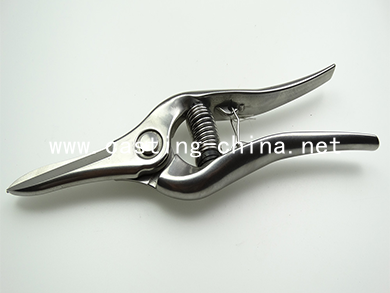
The casting is placed in a vibrating grinder, and the casting rubs against the grinding block under the action of centrifugal force, which can remove impurities, flash, and mold line on the surface of the casting to obtain a good surface roughness. Scope of application: stainless steel, alloy steel.
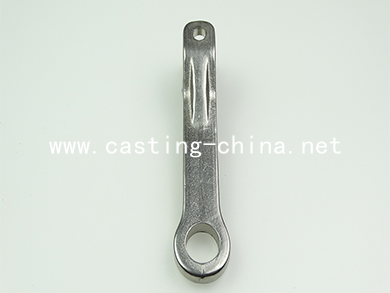
When the product is used as the anode and the lead plate is used as the cathode, they are placed in the electrolyte together, and direct current is applied. The current density of the burrs and protrusions on the surface of the product is relatively high, and the corresponding dissolution rate is also high. This non-uniform dissolution makes the convex part dissolve faster, thus playing the role of leveling and polishing. It can improve the surface finish and increase the corrosion resistance of castings. The treated surface is smooth and has good gloss.
Scope of application: stainless steel.
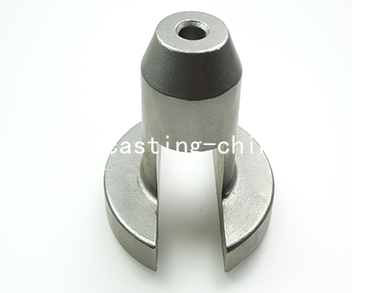
The casting is soaked in a passivation solution to remove impurities on the surface and form an oxide film to improve the corrosion resistance and rust resistance of the casting. The surface of the processed castings is shiny, shiny and beautiful. Scope of application: stainless steel
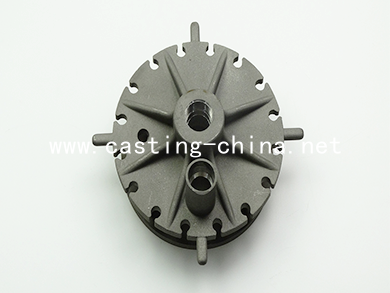
Place the casting in a sandblasting machine, and use compressed air to impact quartz sand, brown corundum, glass beads and other materials on the surface of the casting, which can remove impurities on the surface of the casting and obtain a uniform and delicate surface. The impact of the surface improves the mechanical properties of the casting surface, improves the fatigue resistance of the casting, and increases the adhesion with the coating. Carbon steel, low and medium alloy steel, and tool steel are prone to rust spots, and other surface treatments are required.
Scope of application: all materials.
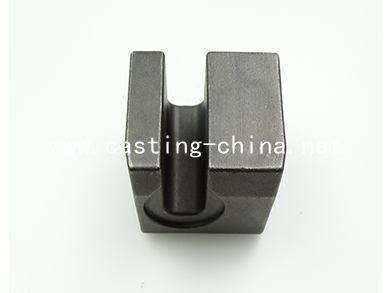
Place the casting in a shot blasting machine, and hit the surface of the casting with cast steel shots, cast iron sand, stainless steel shots and other materials to remove impurities on the surface of the castings to obtain a uniform surface structure. Carbon steel, low and medium alloy steel, tool steel and other materials are easy to rust after treatment, and other surface treatments are required.
Scope of application: materials other than non-ferrous alloys.